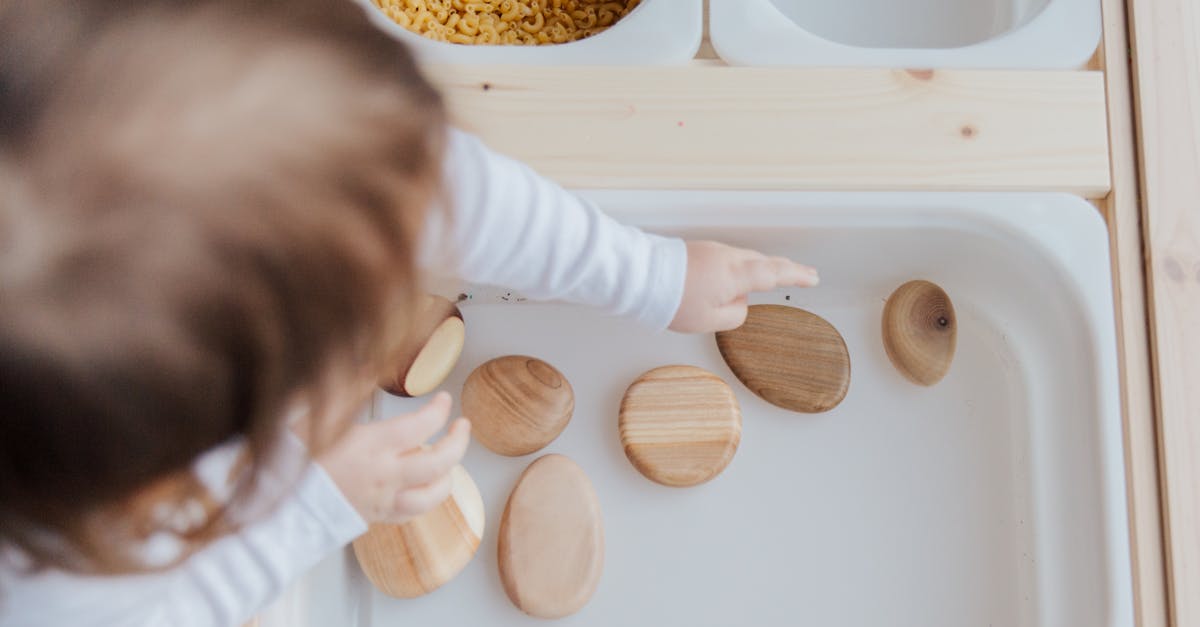In a world where traditional classrooms sometimes feel like a circus, Montessori homeschooling offers a refreshing alternative. Imagine a learning environment where kids aren’t just sitting at desks, but exploring, creating, and discovering at their own pace. It’s like giving them the keys to a treasure chest of knowledge—without the pirate hat and eye patch.
Table of Contents
ToggleUnderstanding Montessori Homeschool Curriculum
Montessori homeschooling offers a structured yet flexible educational approach. It prioritizes child-led exploration and hands-on learning within a carefully prepared environment.
Key Principles of Montessori Education
Montessori education revolves around several key principles. Child-centered learning remains fundamental, allowing students to choose activities based on their interests. Independence fosters self-motivation and confidence. Mixed-age classrooms encourage peer learning and mentorship. Hands-on experiences with real-world materials enhance cognitive skills. Teachers act as guides, providing support without direct instruction. These principles create a holistic learning atmosphere that nurtures each child’s unique development.
Importance of Curriculum Selection
Selecting the right curriculum influences the success of Montessori homeschooling. Various options exist, catering to different learning styles and age groups. High-quality resources align with Montessori principles, offering engaging activities and materials. A thoughtfully curated curriculum supports individualized learning paths, fostering deeper understanding. Families should consider the child’s interests and needs when evaluating options. Investing time in choosing appropriate resources can significantly enrich the homeschooling experience, ensuring educational goals are met effectively.
Factors to Consider in Curriculum Purchase
Choosing a Montessori homeschool curriculum involves several crucial factors that impact the overall effectiveness of the educational experience. Each aspect plays a vital role in ensuring the curriculum aligns with the child’s development and learning.
Age Appropriateness
Selecting a curriculum that matches the child’s age significantly influences learning outcomes. Materials designed for toddlers differ from those for older children, focusing on varying levels of complexity. Resources should stimulate curiosity and challenge without overwhelming. For instance, curricula for preschoolers may include colorful, tactile materials, whereas elementary-aged students benefit from more sophisticated tools and activities. It’s essential to evaluate if the chosen curriculum not only meets current developmental stages but also encourages future growth.
Learning Styles and Needs
Curriculums tailored to individual learning styles enhance engagement and retention. Some children thrive through visual aids, while others excel with hands-on experiences or auditory information. Identifying a child’s preferred learning method helps in selecting appropriate resources. Montessori principles promote exploration and creativity, allowing the curriculum to accommodate diverse needs. Choosing materials that encourage self-directed learning keeps children motivated and engaged. Customizing the learning experience based on a child’s unique strengths supports deeper understanding and mastery of concepts.
Top Montessori Homeschool Curriculum Options
Montessori homeschool curriculums come in various formats. Exploring the choices available helps parents find the right fit.
Online vs. Physical Materials
Online materials offer convenience and flexibility. Digital resources typically include interactive lessons, e-books, and videos. They allow children to learn at their own pace, providing easy access to diverse subjects. Conversely, physical materials like books, manipulatives, and art supplies promote hands-on experiences. These tactile resources deepen understanding through practical engagement. Consideration of a child’s learning style can determine which format may work best. Blending both online and physical options creates a well-rounded educational experience.
Comprehensive Kits vs. Individual Resources
Comprehensive kits encompass all necessary materials for a complete Montessori experience. These bundles simplify the purchasing process by providing everything in one package, encouraging seamless integration into daily activities. Individual resources, however, allow for customization to match specific interests or learning styles. Parents can select targeted materials based on their child’s needs. This flexibility promotes personalized learning pathways, aligning with Montessori principles. Balancing comprehensive kits with individual resources can create an enriching and adaptable curriculum.
Budgeting for Montessori Homeschool Curriculum Purchase
Budgeting for a Montessori homeschool curriculum requires thoughtful planning. Parents must evaluate various factors to allocate their resources effectively.
Cost-Effective Alternatives
Many cost-effective alternatives exist for parents seeking Montessori materials. Digital resources offer free or low-cost options, allowing access to lessons and activities without significant financial investment. Local libraries often stock Montessori-inspired books that can enrich learning at no cost. Additionally, parents can create homemade materials using simple, everyday items. Craft projects, like making sensory bins or matching games, can enhance hands-on learning experiences. Collaborating with other homeschooling families may facilitate material sharing or group purchases, further reducing expenses. With creativity and community support, families can effectively implement a Montessori approach without overspending.
Investing in Quality Materials
Investing in quality materials yields significant long-term benefits. Authentic Montessori resources typically last for years, making them a worthwhile investment. Durable materials enhance child engagement and promote meaningful learning experiences. Prioritizing well-designed tools, like wooden blocks and practical life items, fosters independence and exploration. Experts emphasize that tactile materials supporting sensory development play a crucial role in Montessori education. Parents should consider the balance between quality and price when making purchasing decisions. Carefully selected items that align with Montessori principles not only enrich the curriculum but also contribute to an effective homeschooling environment.
Choosing a Montessori homeschool curriculum can significantly enhance a child’s learning experience. By prioritizing age-appropriate materials and individual learning styles, parents can create an engaging and effective educational environment. The balance between online resources and physical materials allows for a tailored approach that fosters exploration and creativity.
Investing in quality resources is crucial for long-term engagement and development. Thoughtful budgeting and collaboration with other homeschooling families can make Montessori education accessible without compromising quality. Ultimately, the right curriculum not only supports academic growth but also nurtures a child’s innate curiosity and love for learning.





